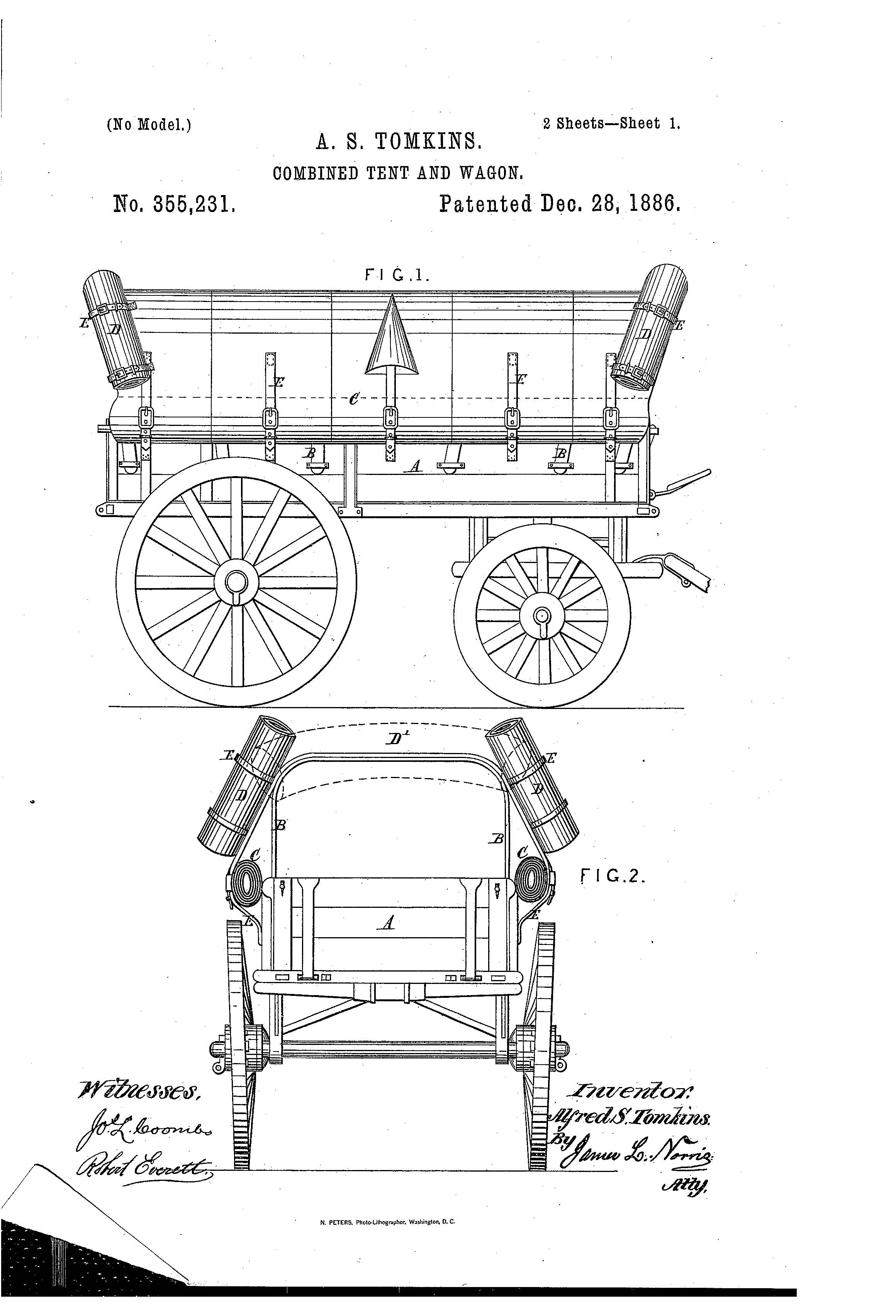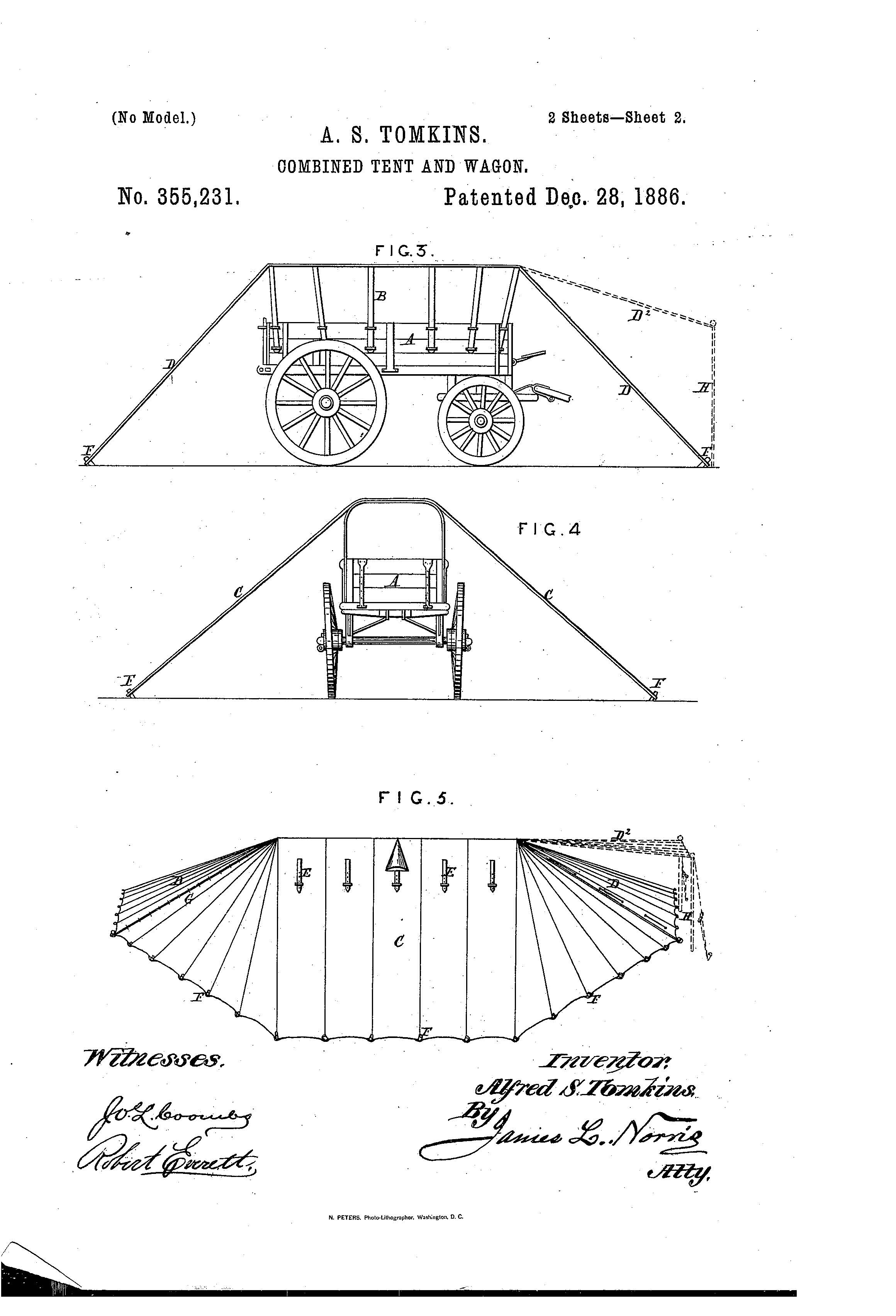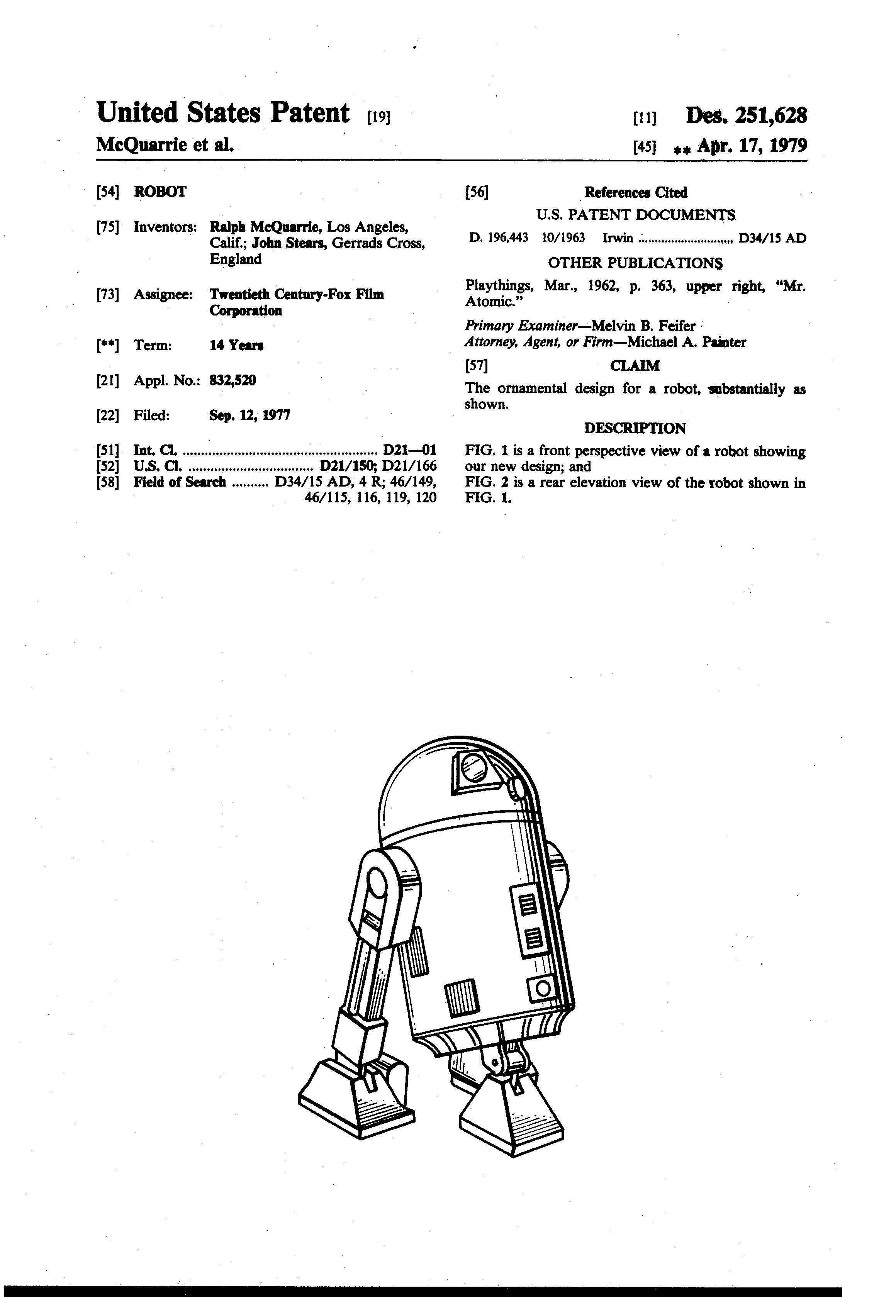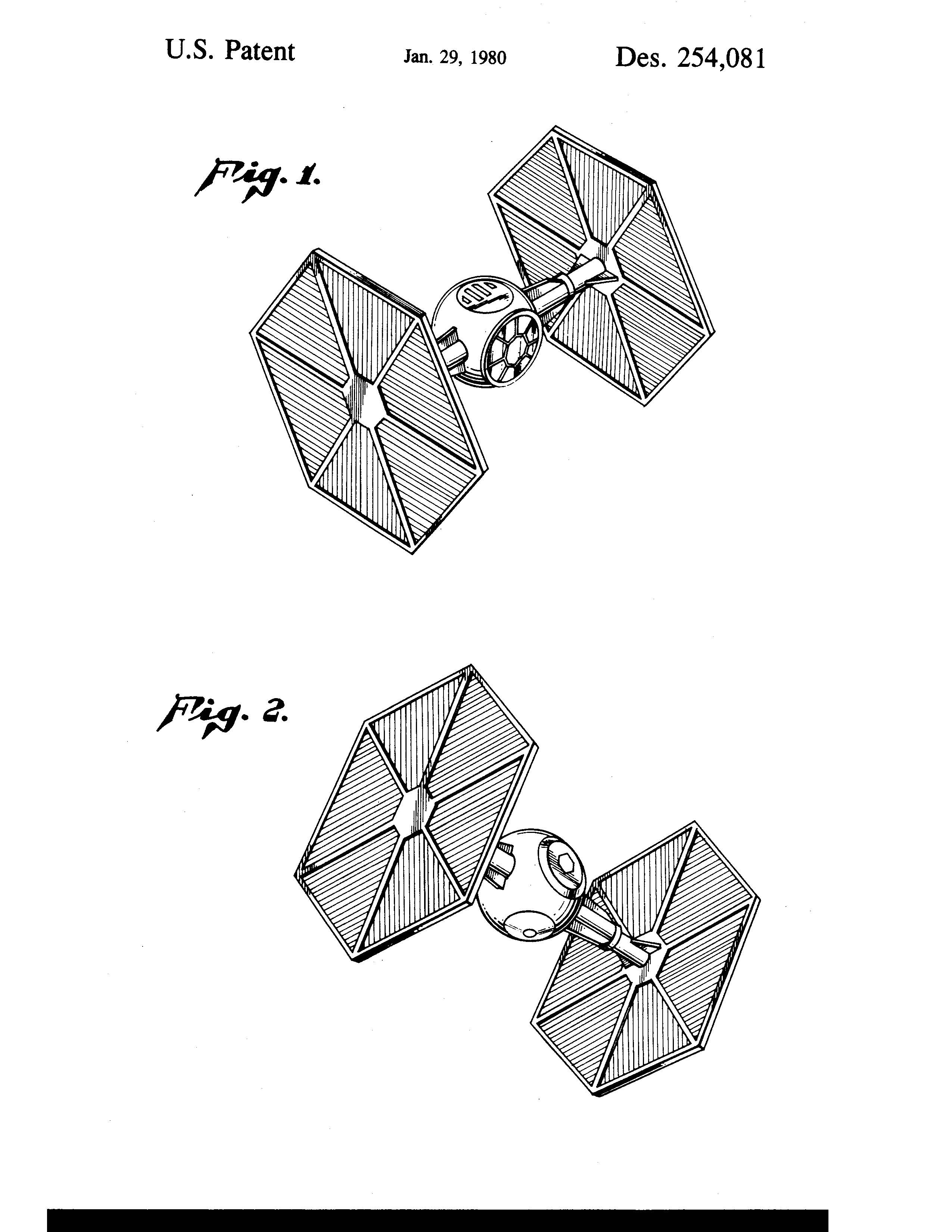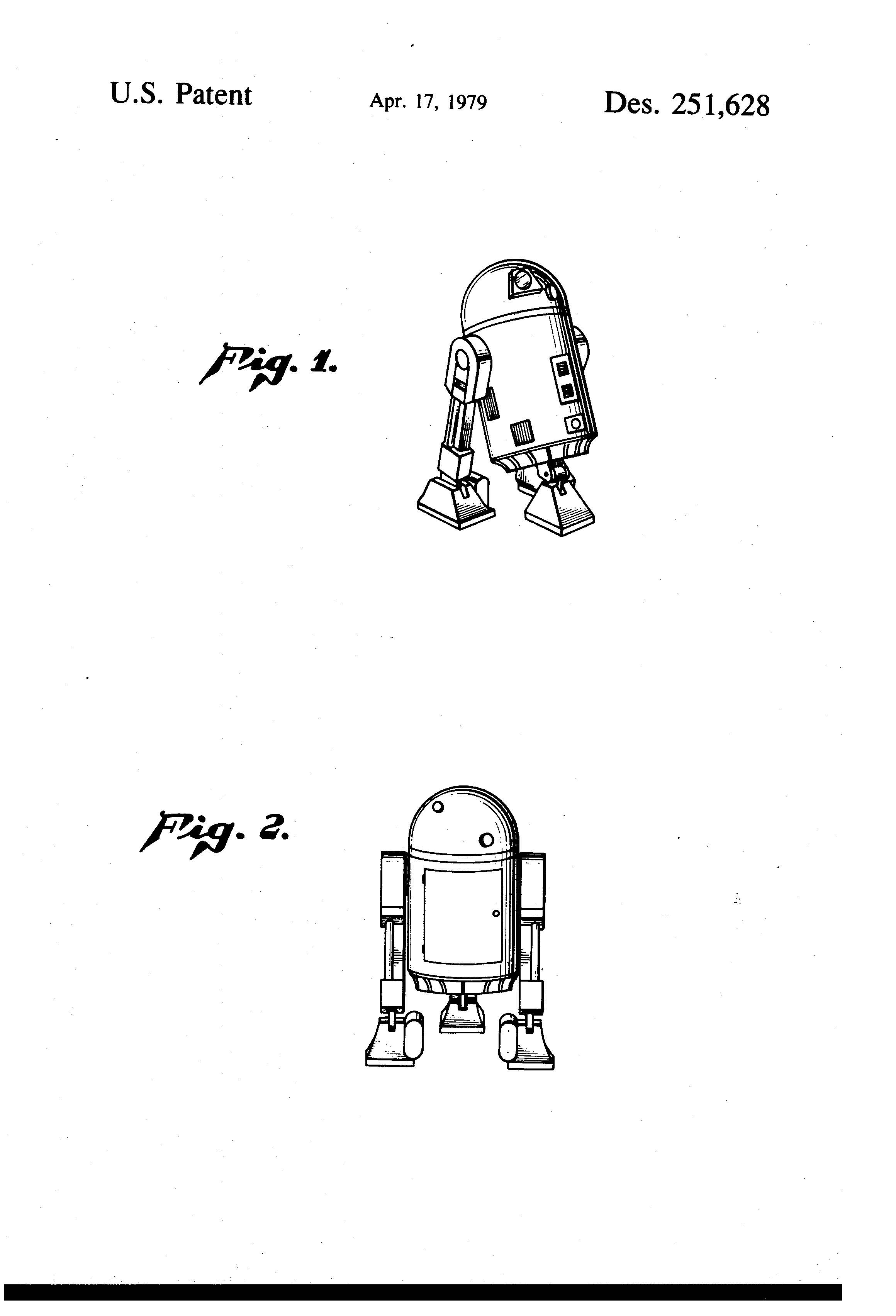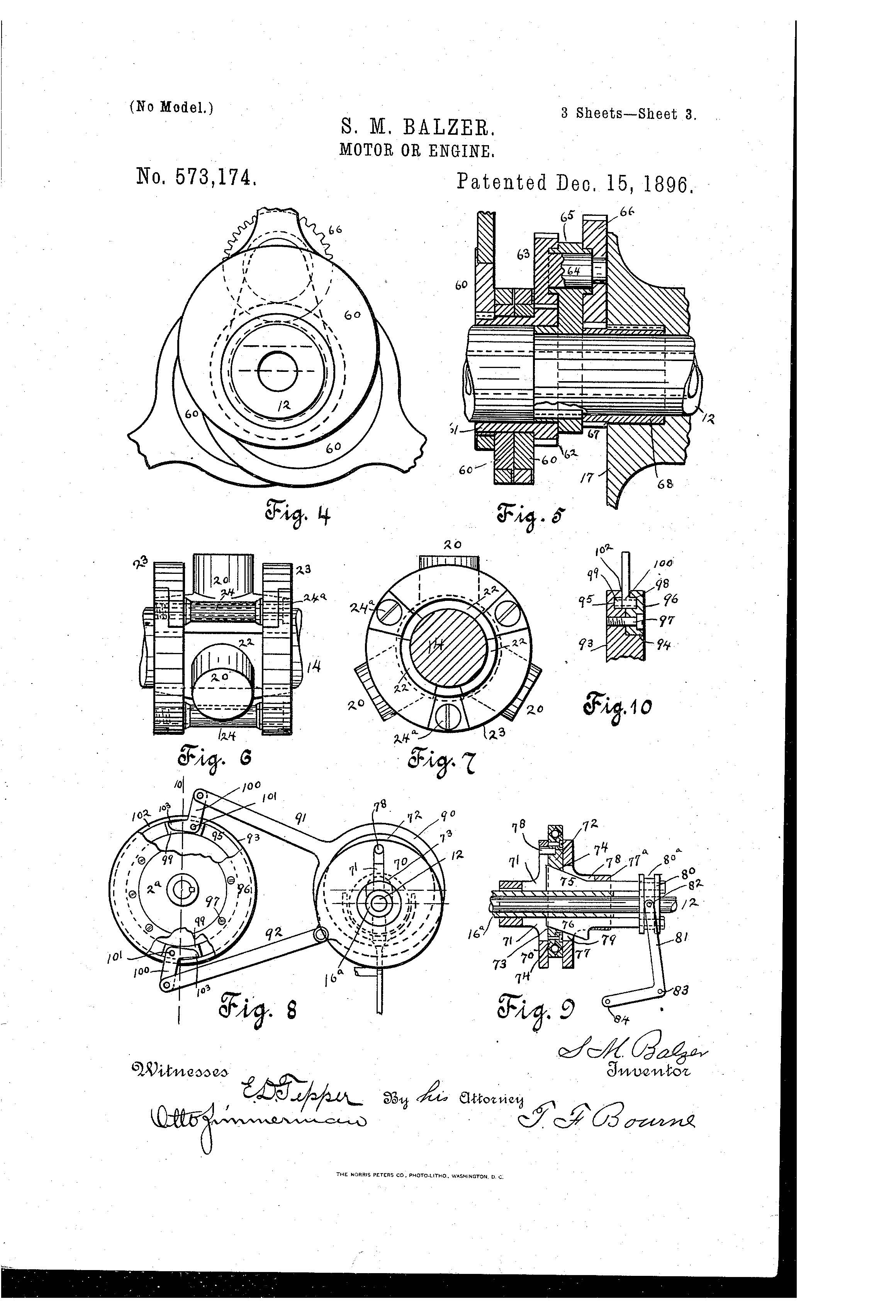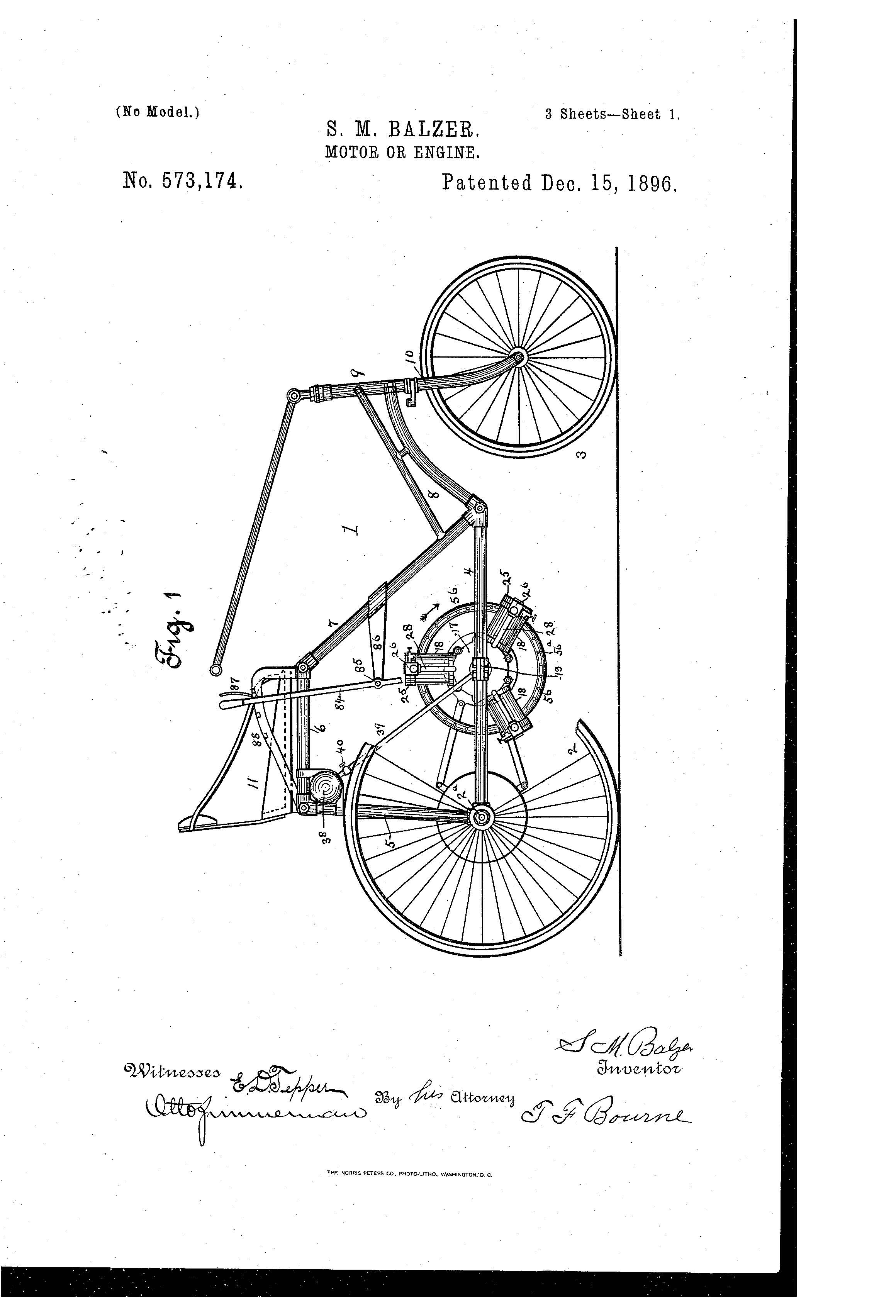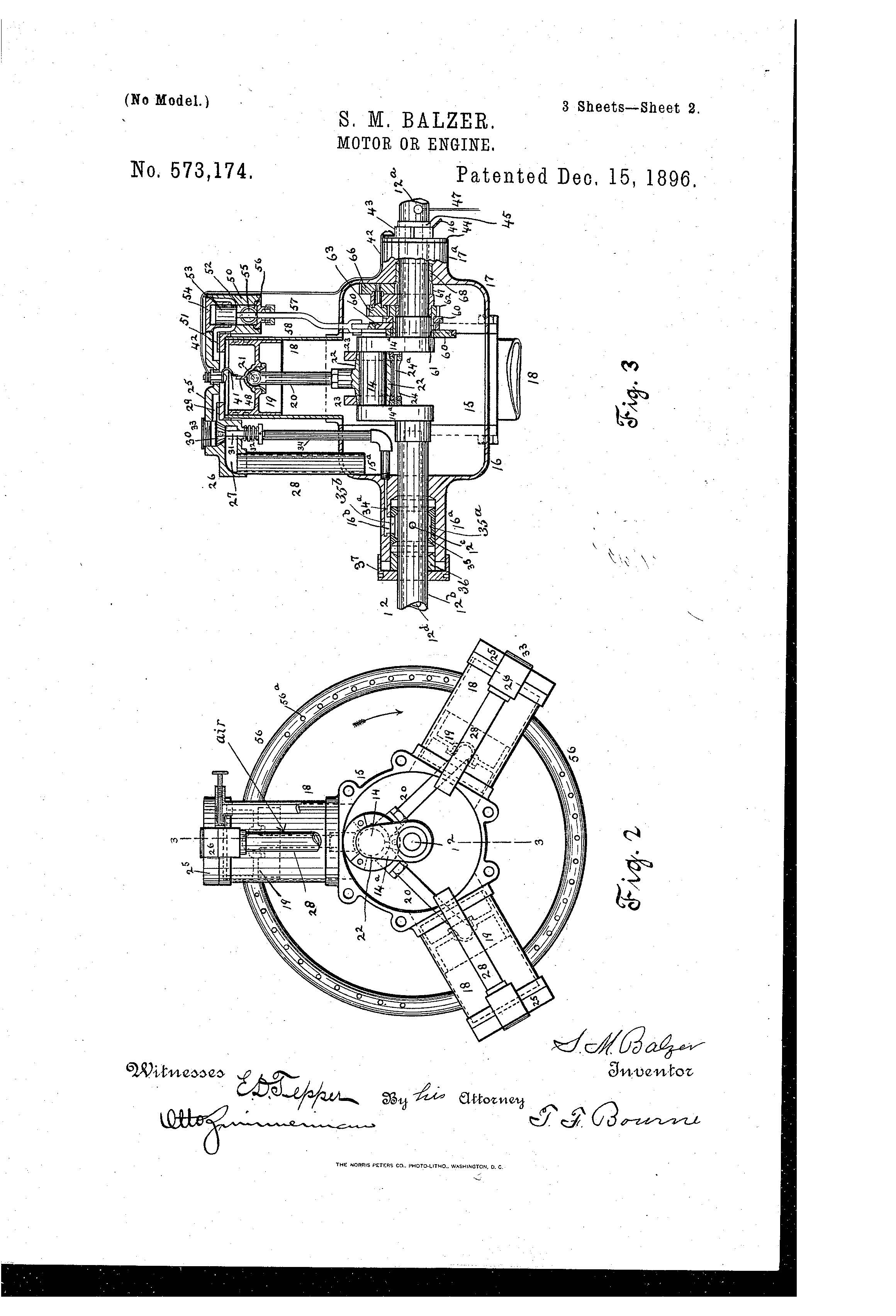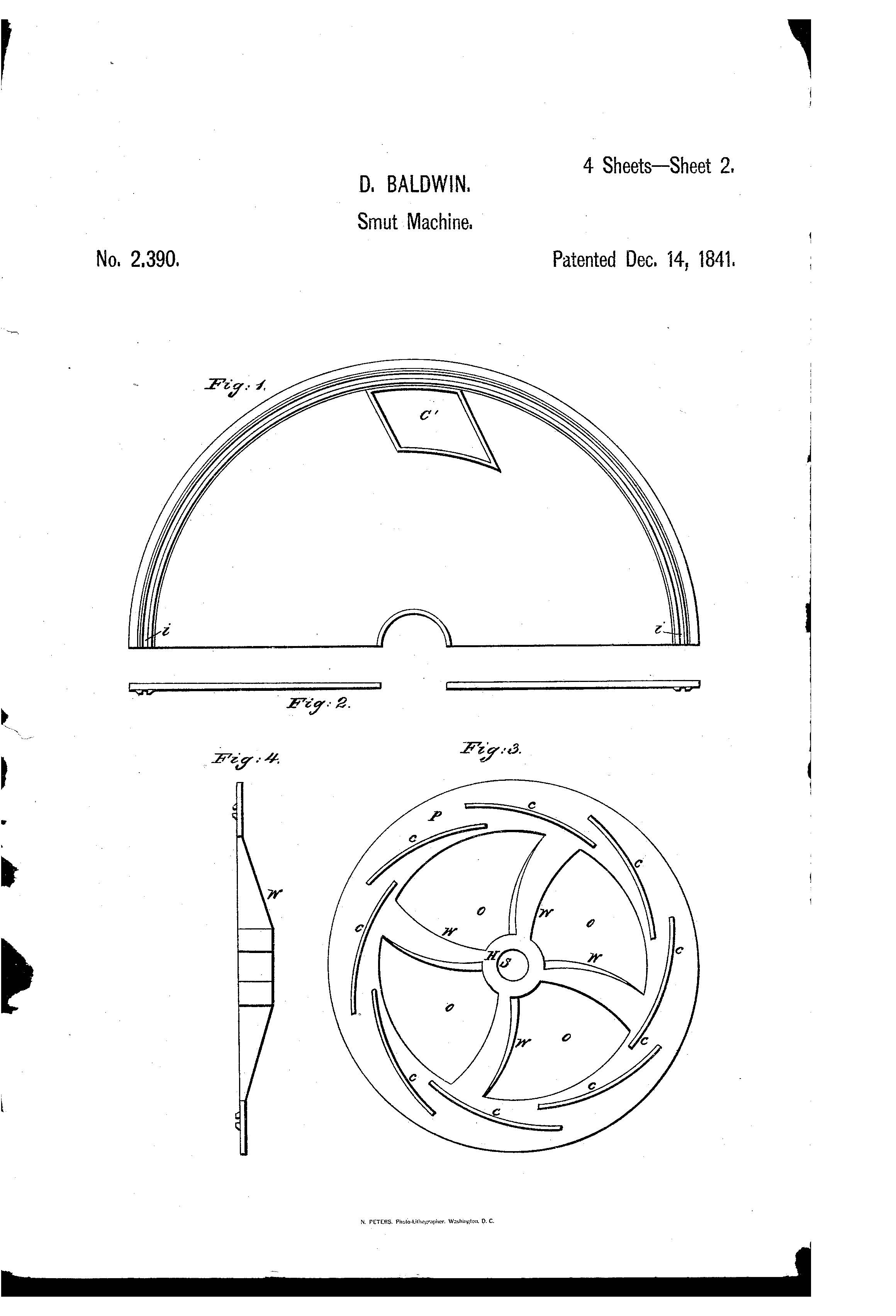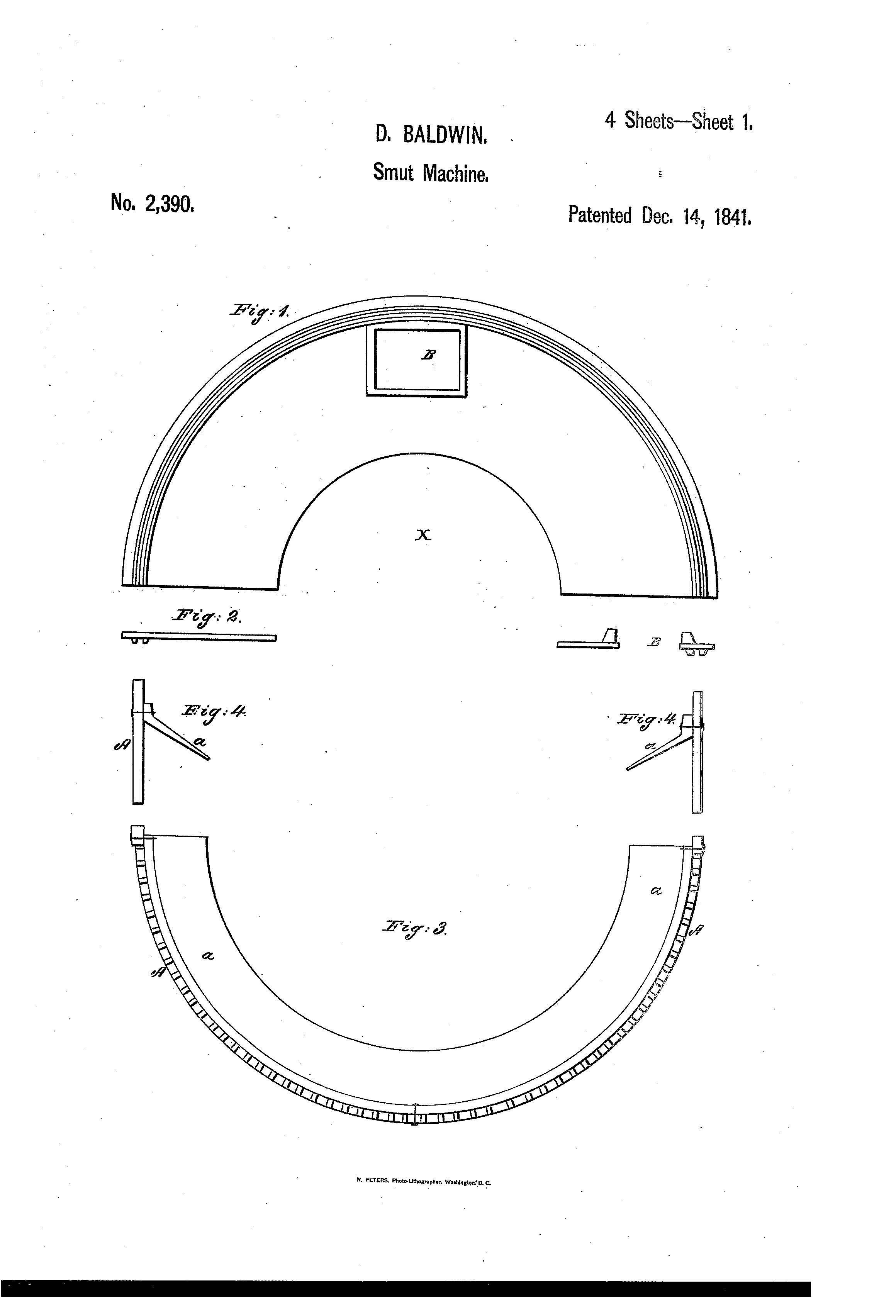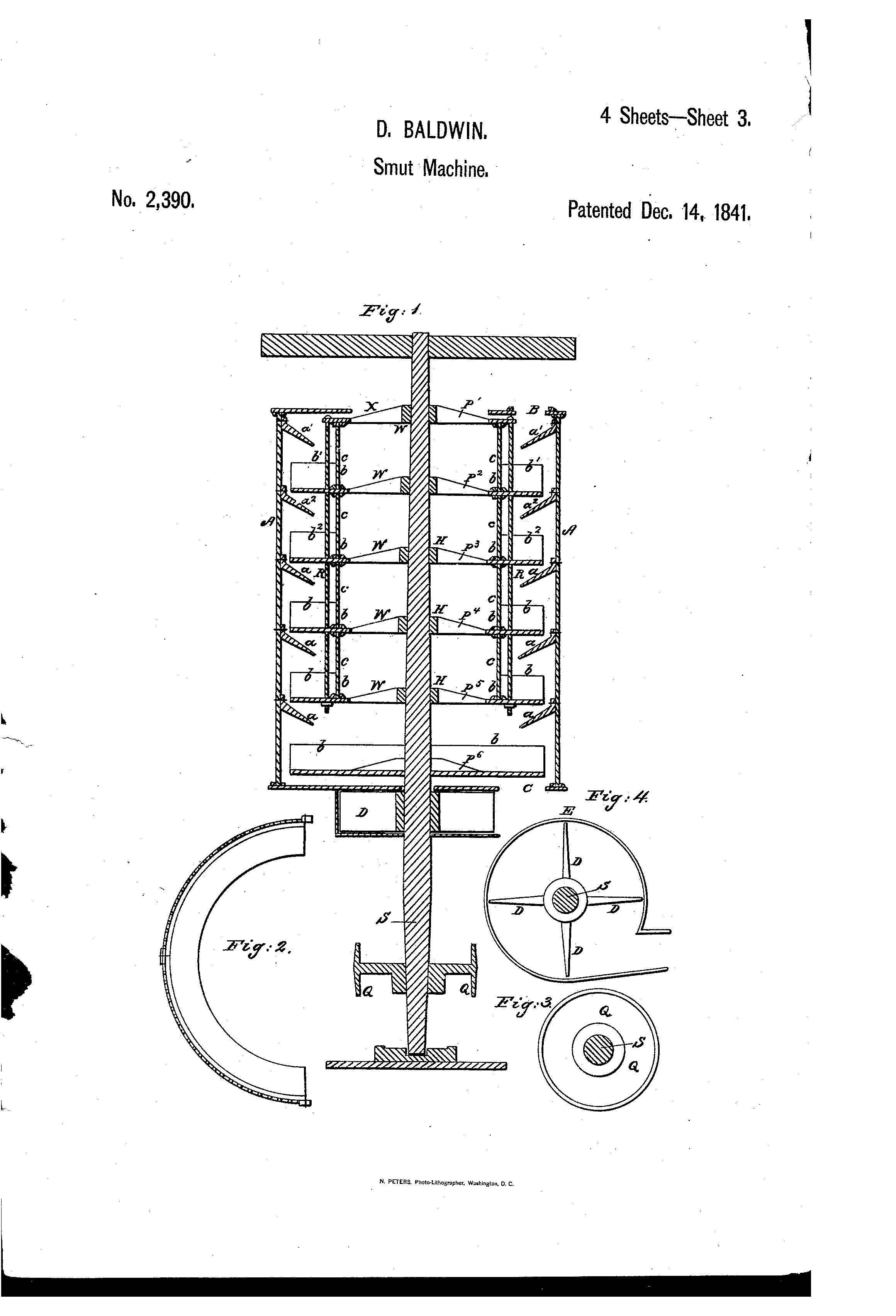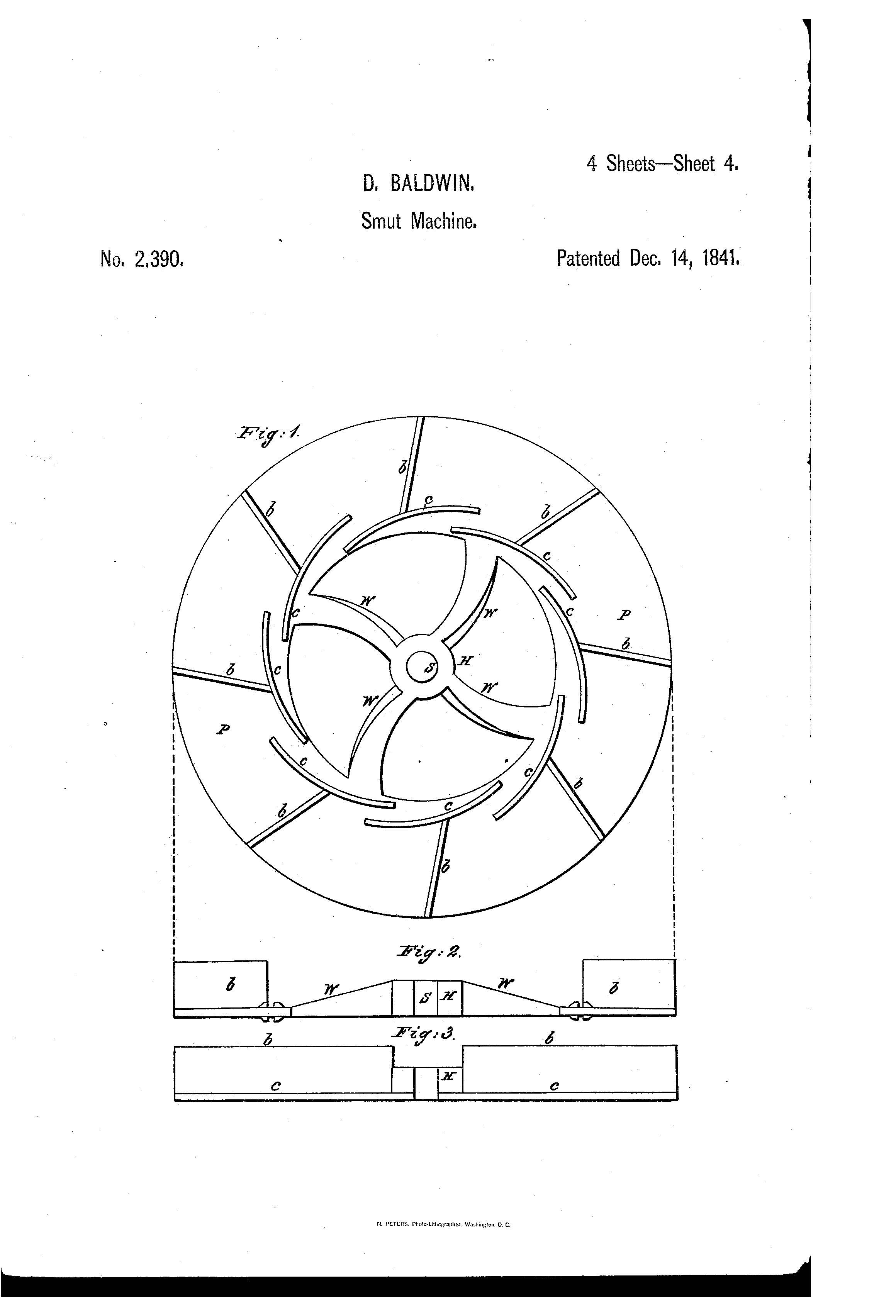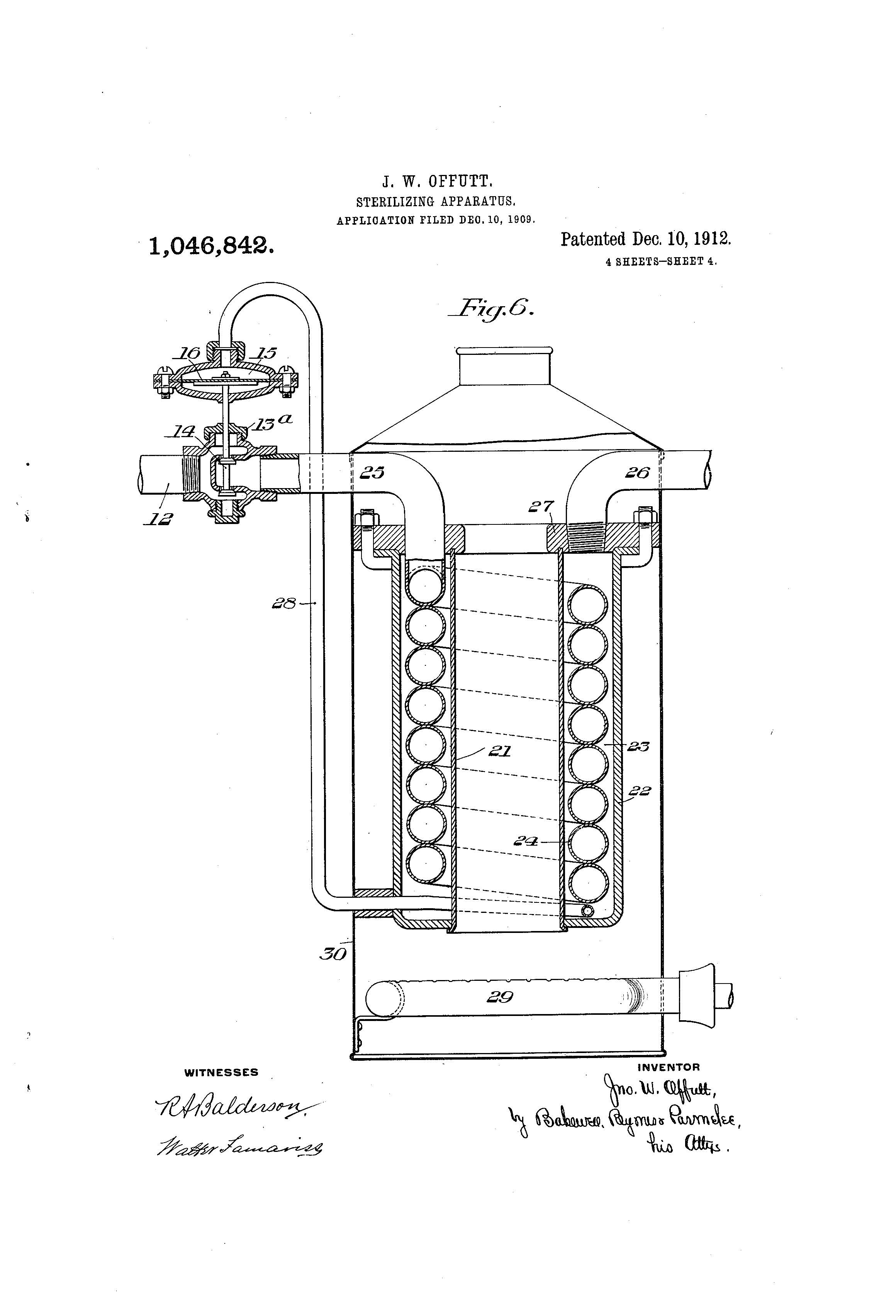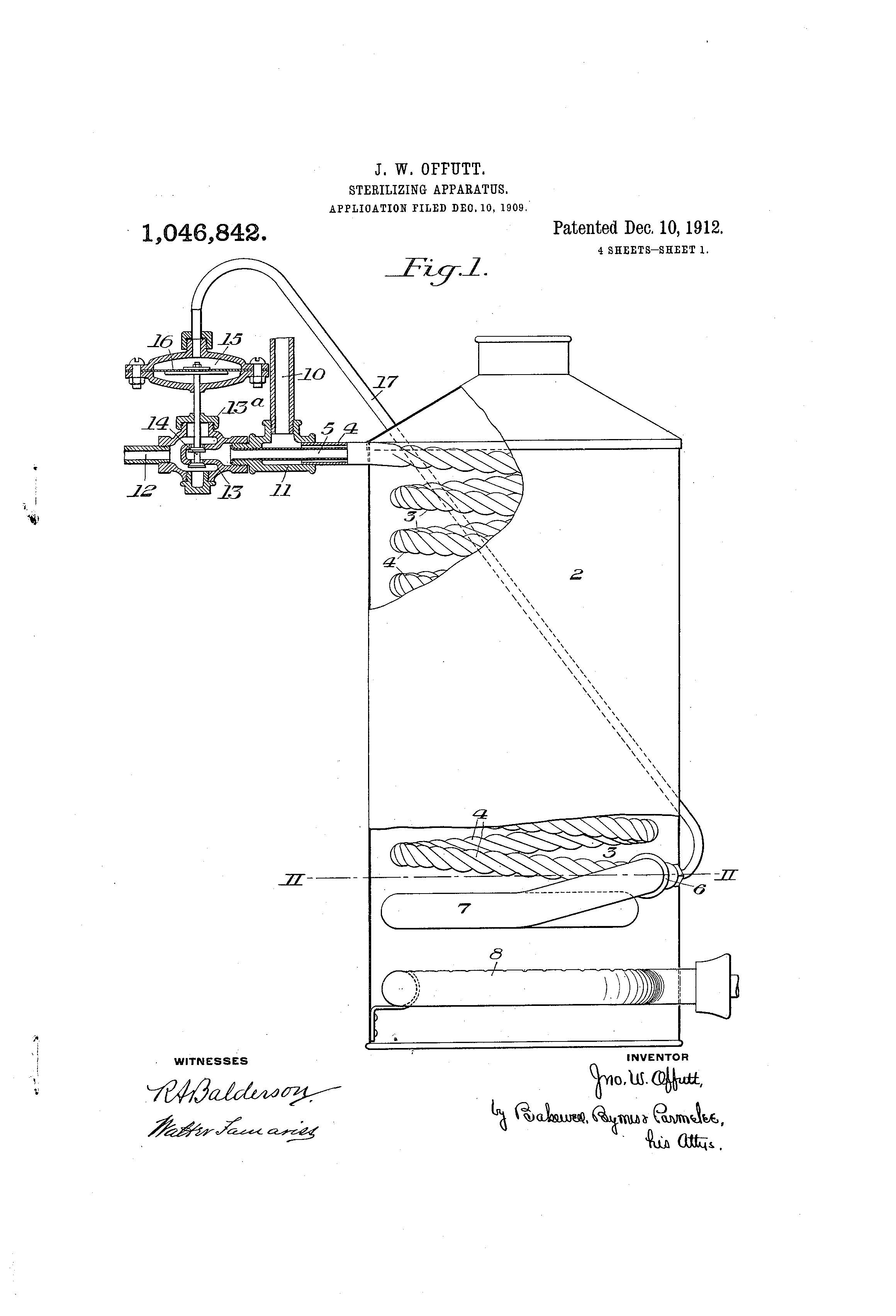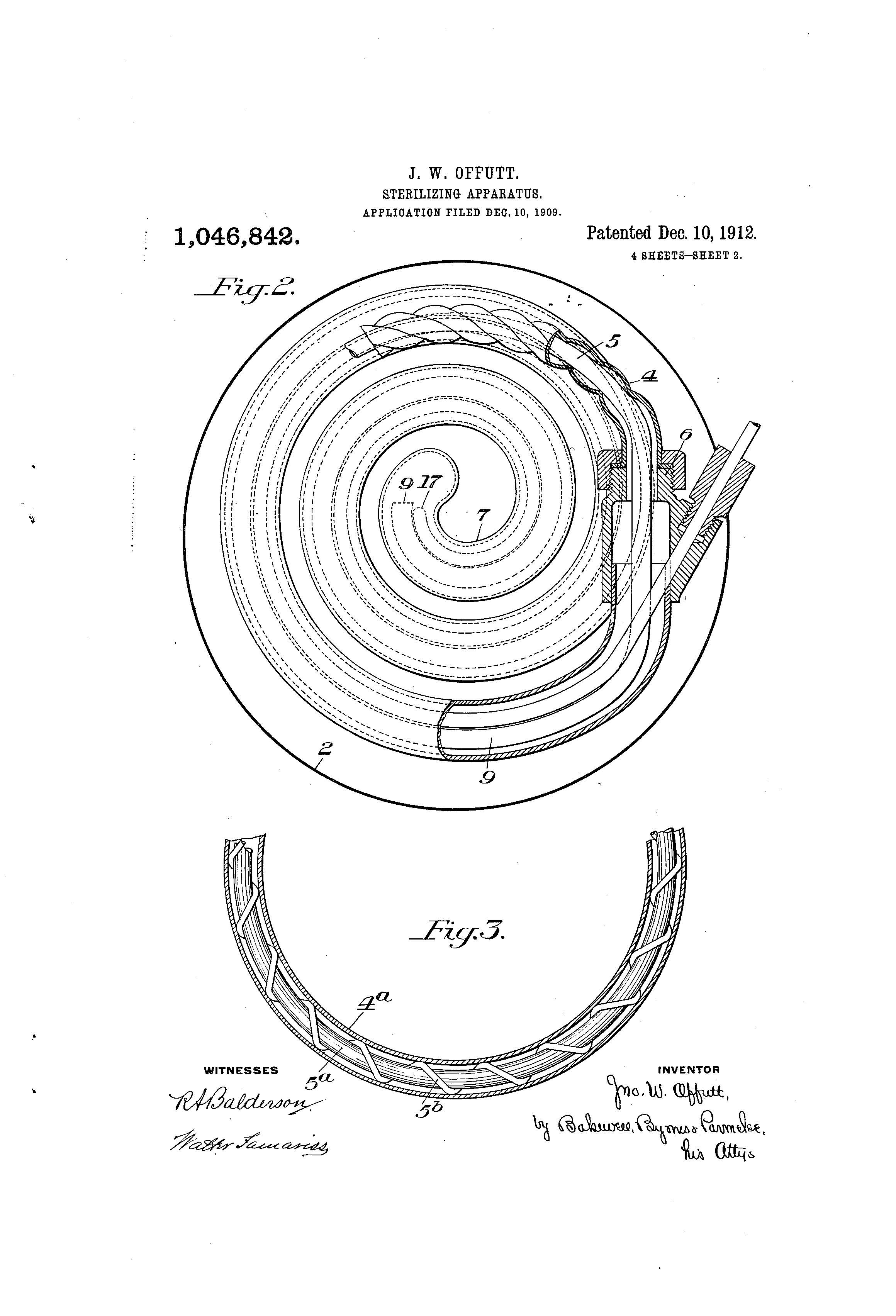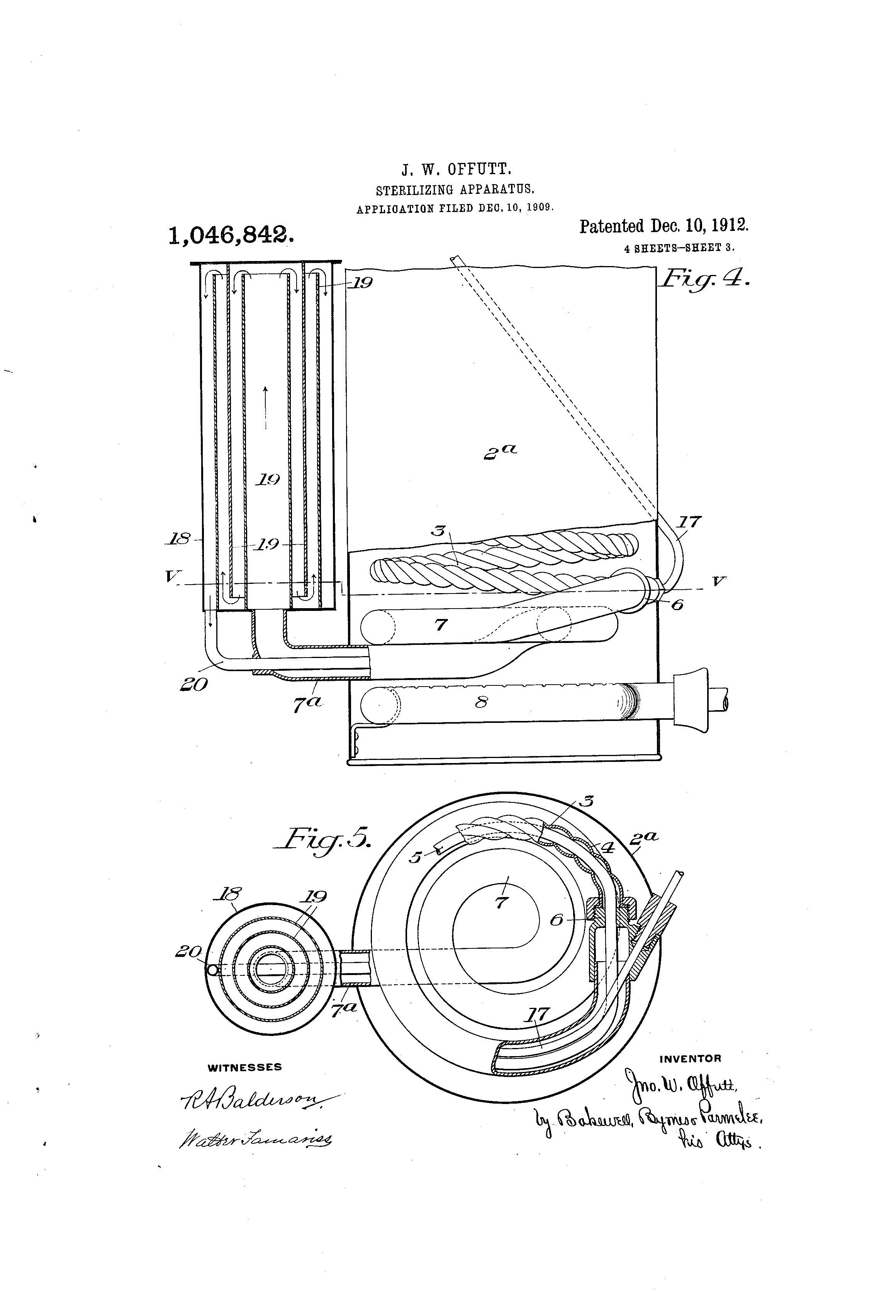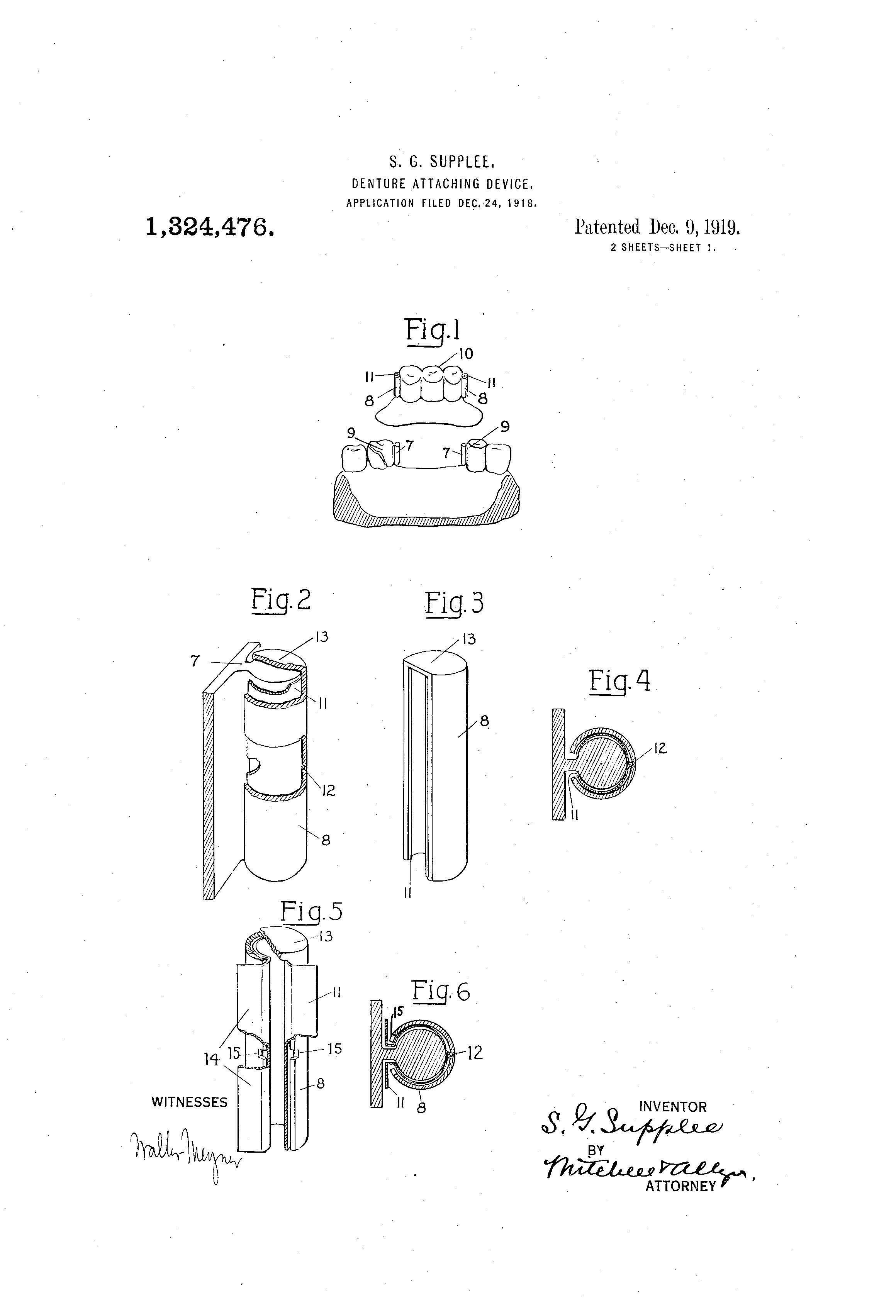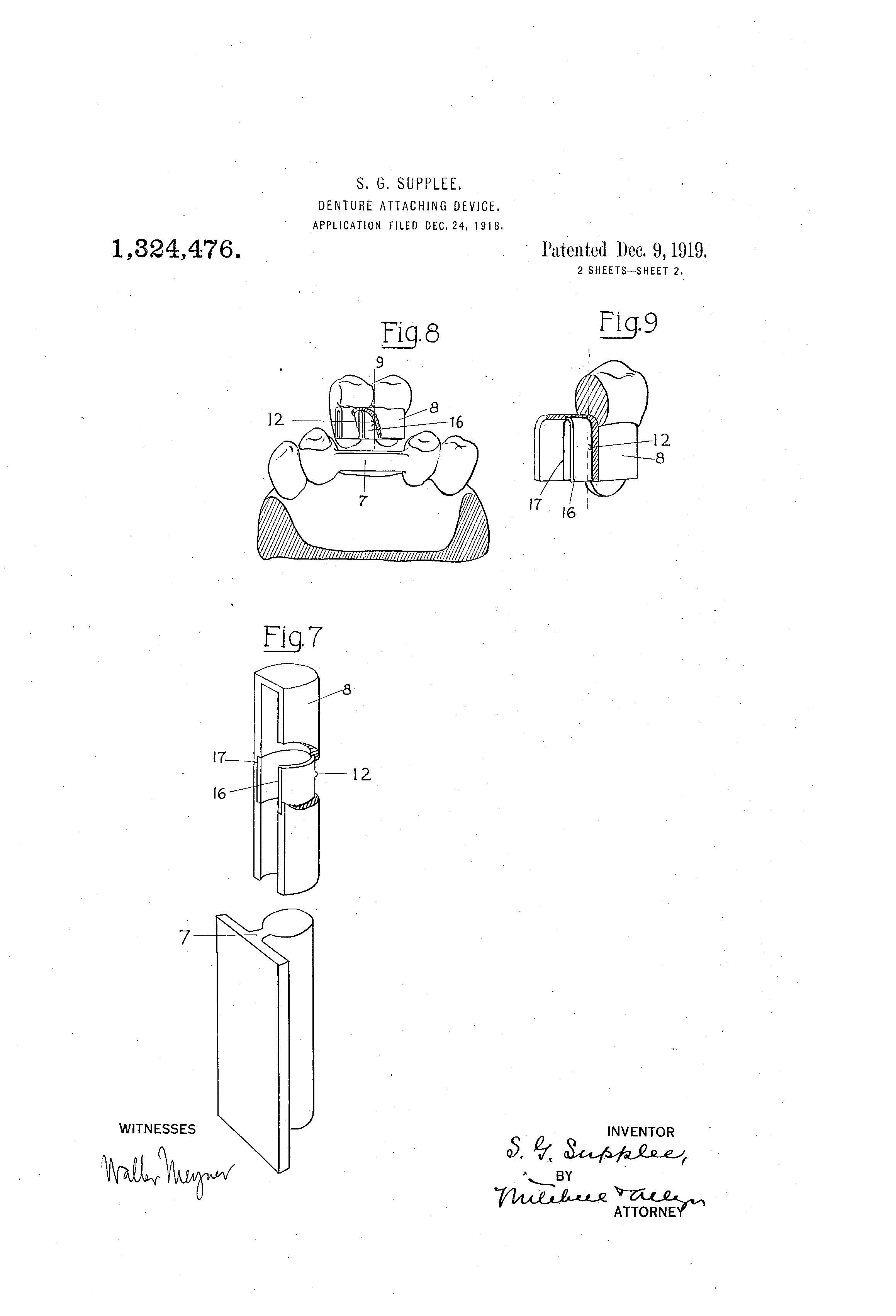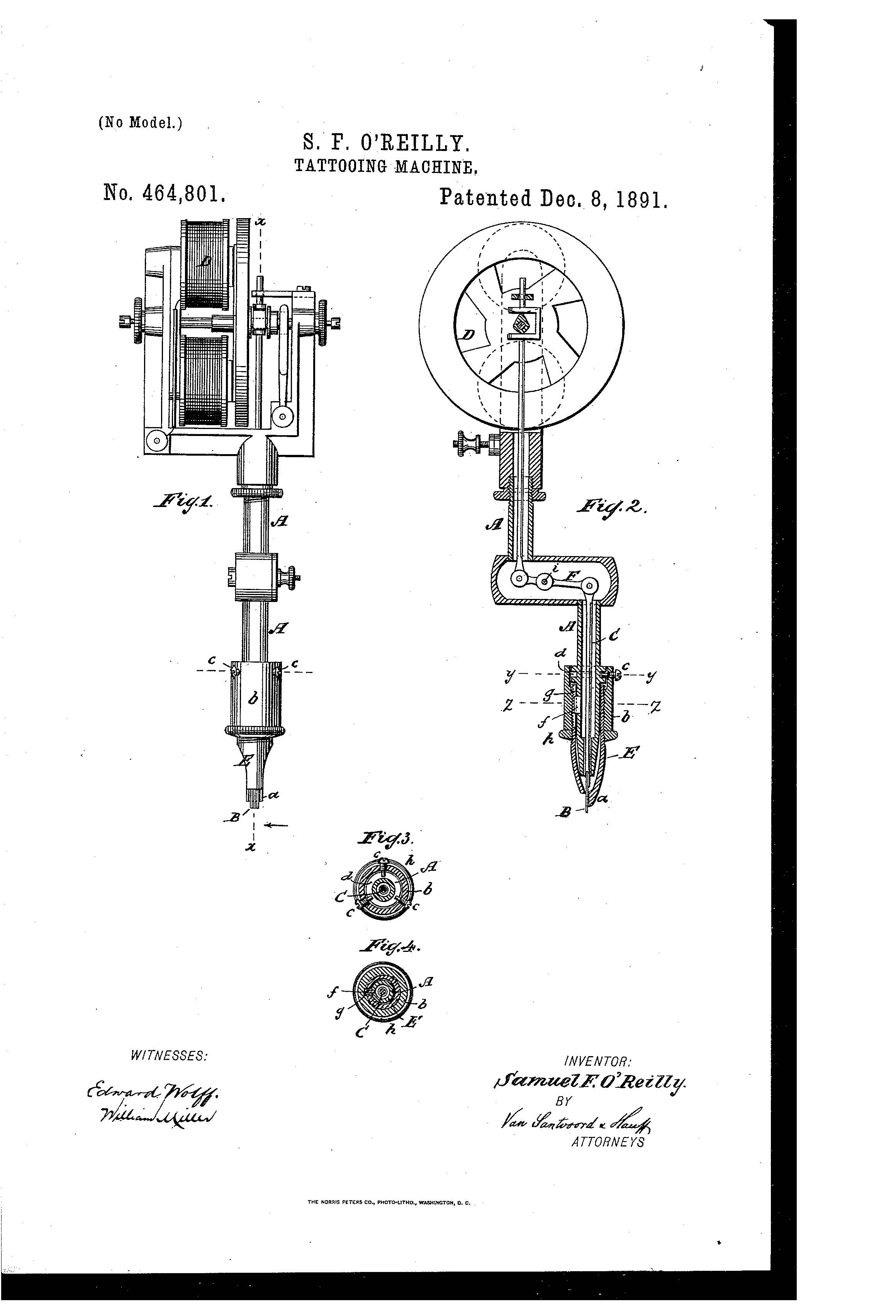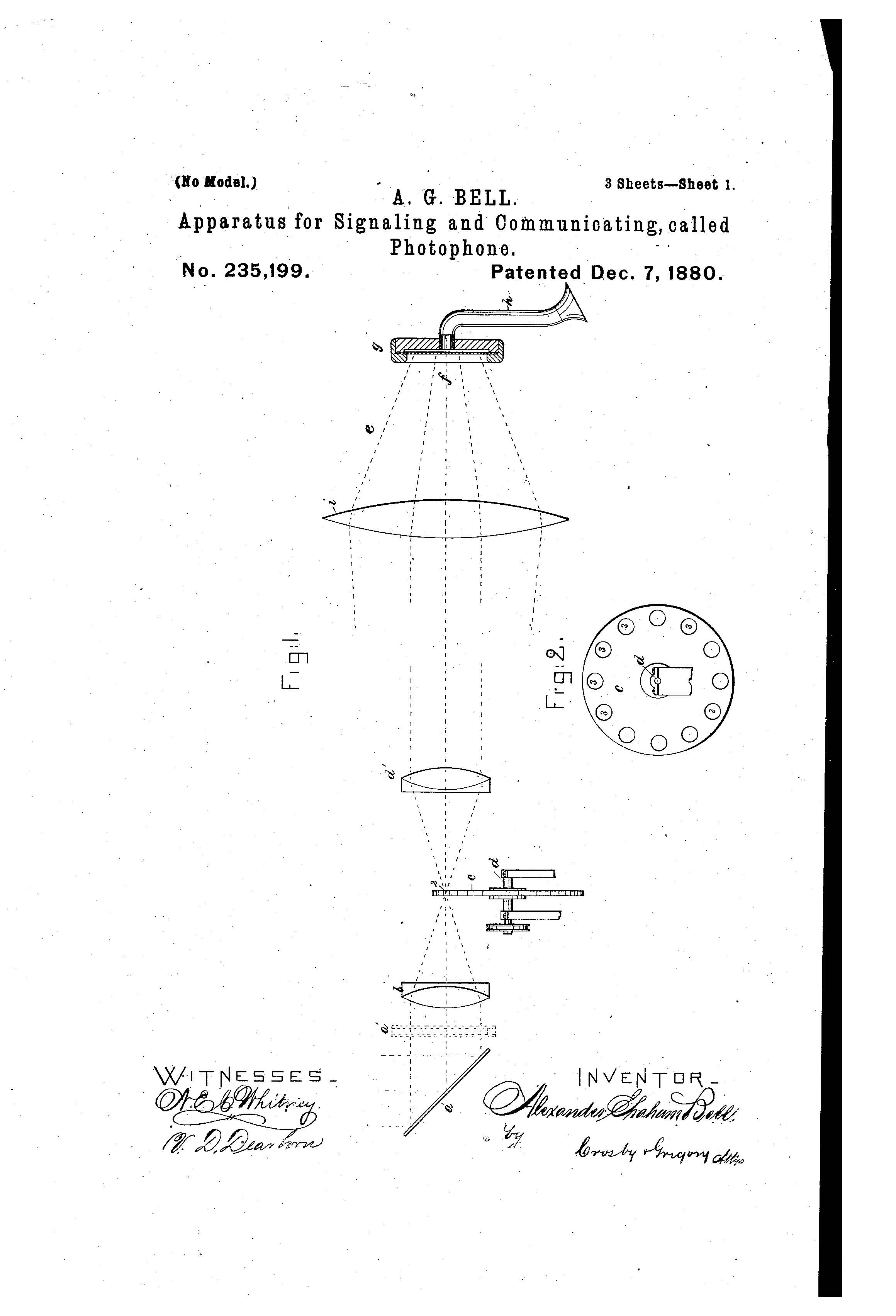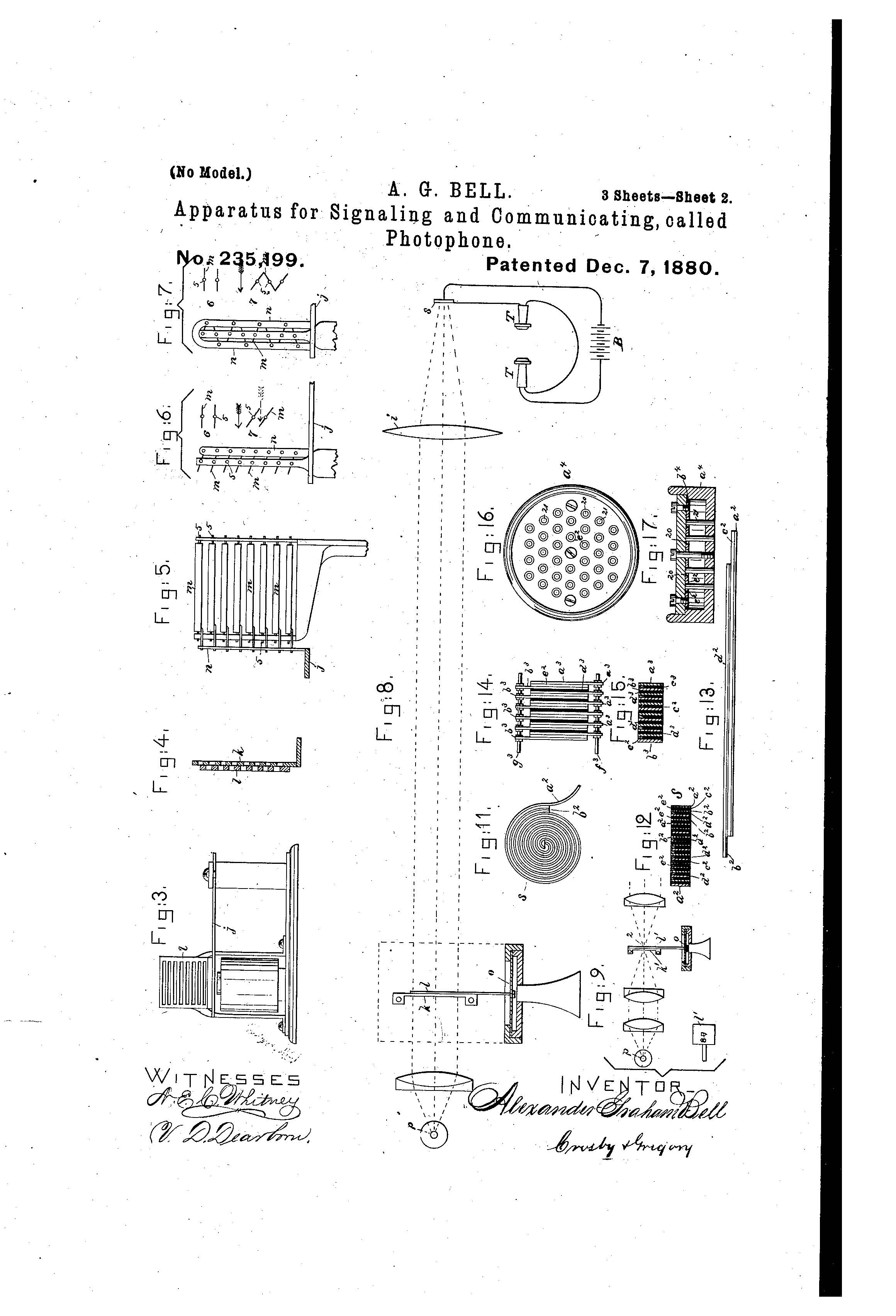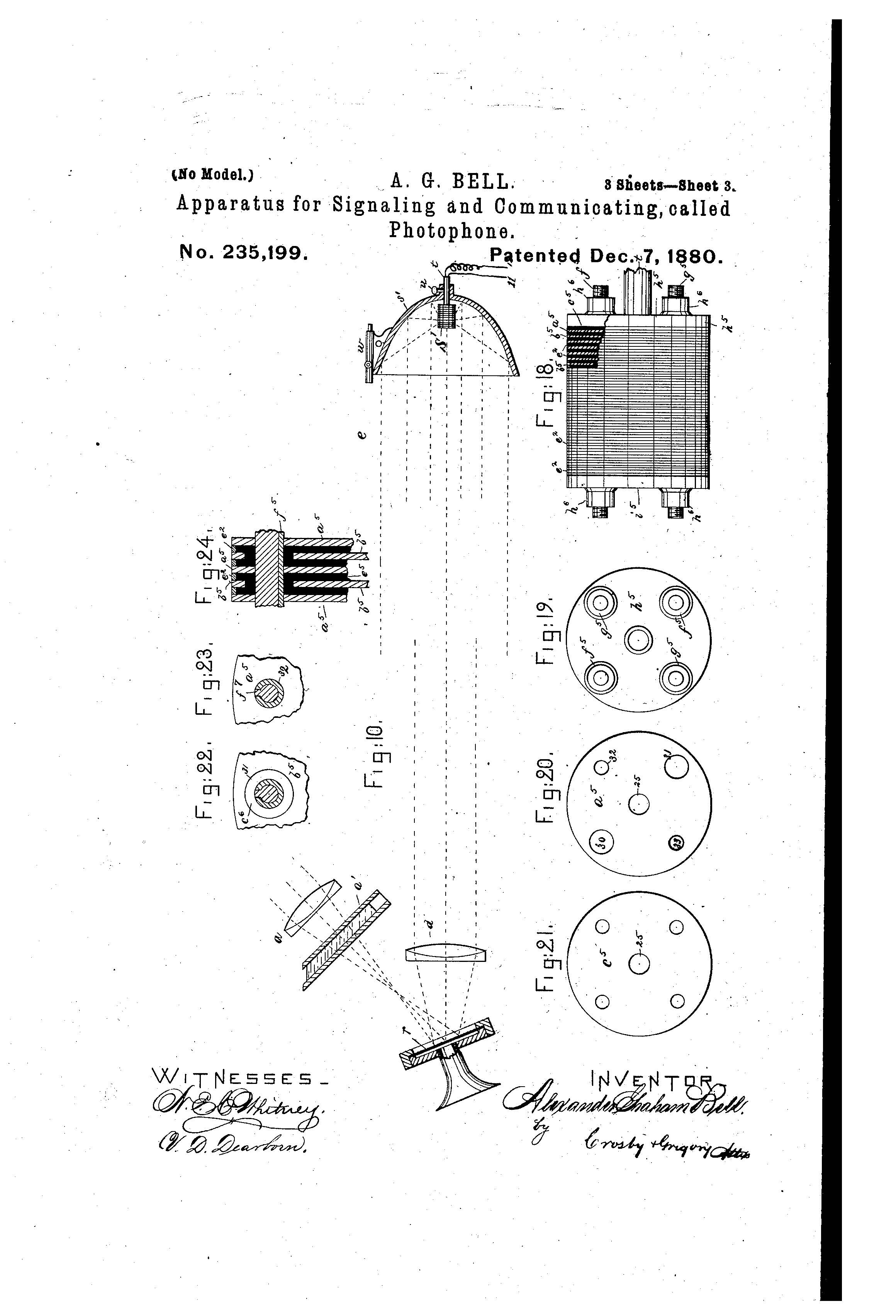Patent of the Day: Bill Holder
On this day in 1919 the patent for Bill Holder was granted. U.S. Patent No. 1,326,602.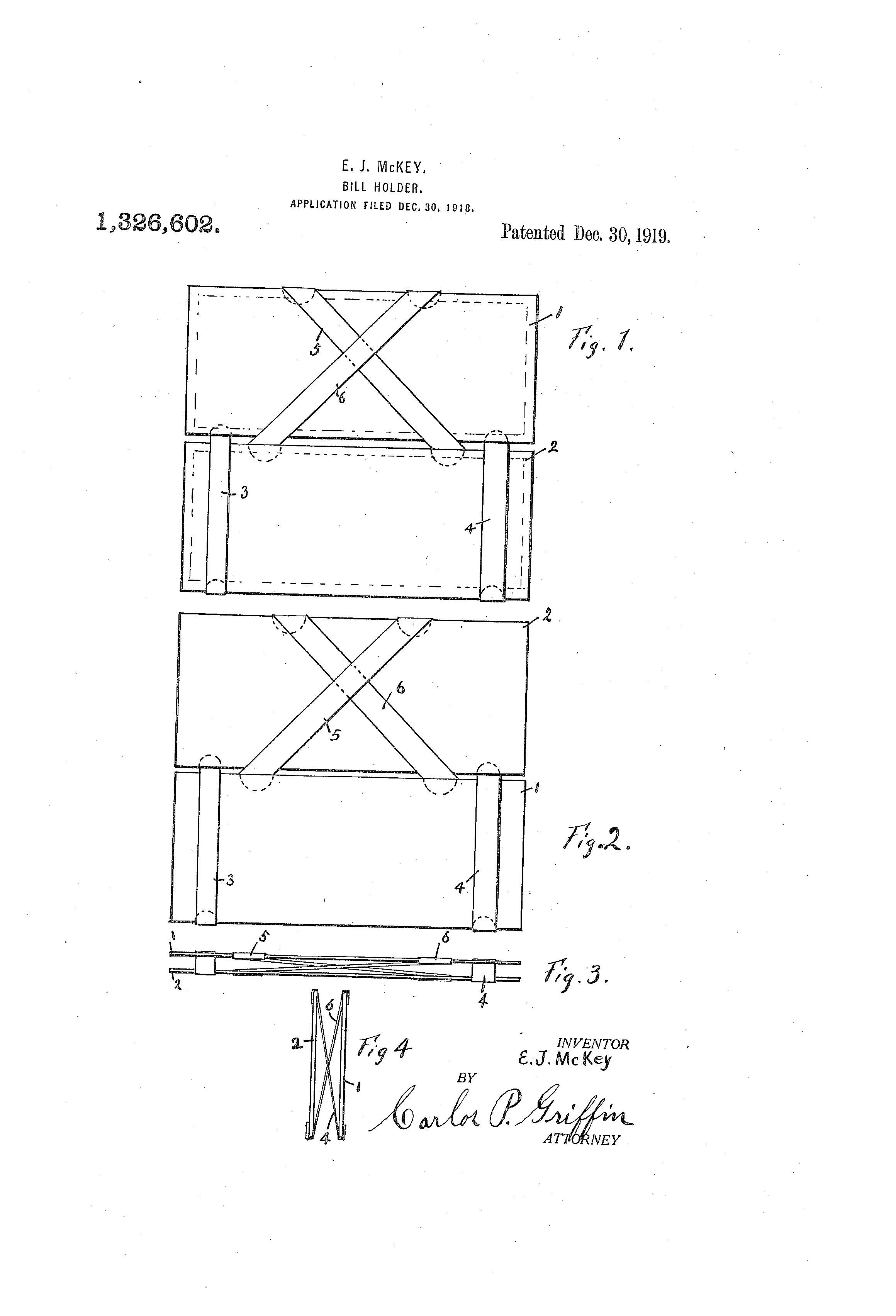
Deck the Halls with IP Knowledge
It’s that time of year again, Christmas, a time where families gather to celebrate with gifts, giving and food. But what would Christmas be without all the traditions that accompany it.
Some of the most beloved stories and traditions that we associate with Christmas are patented, trademarked and copyrighted. One tradition people participate in every year before Christmas is decorating the tree. According to the fifth annual Christmas tree survey from the American Christmas Tree Association (ACTA), this year seventy-seven percent of U.S. Households will display a Christmas tree in their homes. Of that seventy-seven percent, eighty-one percent of those trees will be artificial. Today there are so many different options of artificial trees to choose from it’s hard to decide which one to get; there are pre-lit trees, frosted trees, colored trees, the list goes on. One of the first artificial tree patents (Patent No. 255,902) invented by August Wengenroth from Troy, New York, has been traced back to 1882. The object of this invention is to furnish a portable imitation Christmas-tree which may be readily put up for use whenever required.1
Now that the tree is up, what would it be, real or fake, without Christmas lights? Before the light bulb was invented people wanted to recreate the wintertime sight of twinkling stars so they started using wax candles to light their Christmas trees. Although the trees looked lovely, this was an extreme fire hazard and many people lost their houses due to fires. Charles Kirchhof tried to alleviate the fire hazard with his invention of the Candle Holder (Patent No. 72,506) which was constructed for conveniently attaching candles, ornaments, or other objects to and maintaining above any oscillating support (as the branches of a tree) in their proper position. This invention was a step in the right direction but an open flame and a tree of any sorts is still not safe. Thankfully Thomas Edison had made many improvements in electricity and it’s not shocking to know he was also one of the creators of the first Christmas lights (Patent No. 223,898). He had some help with this though, his partner and VP of Edison Electric Light Company, Edward Hibberd Johnson, has been coined the “father of electric Christmas lights”. He took Edison’s light bulb, wired them on a strand and put them around the tree in his house, 80 red, white and blue bulbs in all and that sparked a desire for them all over, including president Grover Cleveland who wanted over a hundred bulbs strung on the tree in the White House.2
The tree is up and decorated; now it’s time to sit back and watch a classic Christmas movie or read a classic book. Rudolph the Red-Nosed Reindeer is a childhood favorites for many, it was written by Robert May in 1939 to help drive traffic to Montgomery Ward department stores. Once published Rudolph was an instant hit and the department store gave children over 5.2 million copies of the book from 1939-1946. In 1947 Robert May convinced Montgomery Ward to sign the copyright over to him and from there he created an entire new Rudolph “franchise” creating prints, cartoons, and eventually worked with his brother-in-law, Johnny Marks, to make the hit song in 1949.3 Robert also helped in the first onscreen production of Rudolph. Most people think the TV special we see every year is the original film but the original was made by Fleischer Studios, which copyrighted the movie in 1948 for Montgomery Ward advertising.4
Another Christmas tradition for many people comes in the form of movies, White Christmas, Miracle on 34th Street, It’s a Wonderful Life, Christmas Vacation and Christmas Story are just a few of the classics. Everyone can relate to Ralph from Christmas Story at some point and time with the terrible bunny pajamas his aunt gives him or the illusions of grandeur you had as a child when Christmas came around. Some of the most memorable moments from that movie have also been trademarked. The infamous leg lamp (U.S. Registration No. 3,364,542) is protected by a federal trademark registration as is the leg lamp ornament (U.S. Registration No. 3,367,925), and a shirt with the iconic phrase “You’ll shoot your eye out” (U.S. Registration No. 3,742,748).
So stay away from icicles this year and have a very Merry Christmas.
-
http://www.christmastreeassociation.org/
-
http://www.history.com/news/the-father-of-electric-christmas-tree-lights
-
http://www.history.com/news/rudolph-the-red-nosed-reindeer-turns-75
-
http://mentalfloss.com/article/72048/12-very-shiny-facts-about-rudolph-red-nosed-reindeer
Patent of the Day: Ironing Board
On this day in 1903 the patent for Ironing Board was granted. U.S. Patent No. 747,952.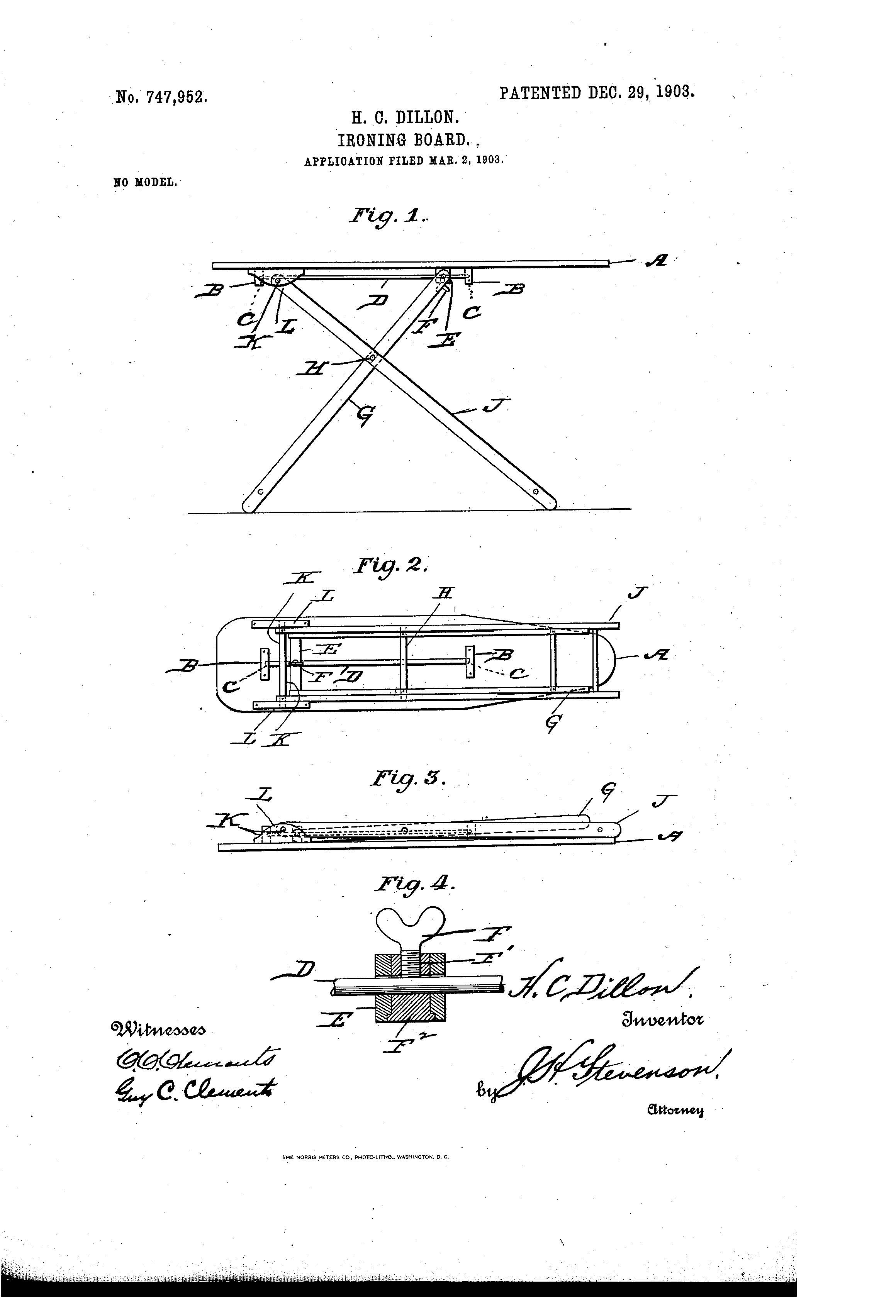
Patent of the Day: Combined Tent and Wagon
On this day in 1886 the patent for Combined Tent and Wagon was granted. U.S. Patent No. 355,231.
Diaper Drive 2015
We are excited to be helping the women and children of the Lydia House by donating diapers this holiday season. If you want to help and donate, drop off your diapers today, our last day to collect will be December 18, 2015.
Star Wars Week in Patents
With the release of Star Wars: The Force Awakens here are some fun Star Wars related patents.
Patent of the Day: Motor or Engine (Rotary-Engine Auto)
On this day in 1896 the patent for Motor or Engine was granted. U.S. Patent No. 573,174.
Patent of the Day: Smut Machine
On this day in 1841, the patent for Smut Machine was granted. U.S. Patent No. 2,390.
Patent of the Day: Sterilizing Apparatus
On this day in 1912 the patent for Sterilizing Apparatus was granted. U.S. Patent No. 1,046,842.
Patent of the Day: Denture Attaching Device
On this day in 1919 the patent for Denture Attaching Device was granted. U.S. Patent No. 1,324,476.
Patent of the Day: Tattooing Machine
On this day in 1891 the patent for Tattooing Machine was granted. U.S. Patent No. 464,801.
Patent of the Day: Apparatus for Signaling and Communication "Photophone"
On this day in 1880, the patent for Apparatus for Signaling and Communicating, called "Photophone" was granted. U.S. Patent No. 235,199.
The Apparatus for Signaling and Communicating, called “Photophone” was invented by Alexander Graham Bell, of Washington, D.C. This patent application was granted on December 7, 1880 as U.S. Patent No. 235,199.
Mr. Bell’s invention consists in a method of utilizing radiant energy and of applying it by suitable apparatus to produce audible signals and to produce electric signals.
The rays which proceed from the sun and other similar sources, falling upon various bodies, produce effects generally perceived by the senses as heat or as color. Besides this, and notable when they fall upon the substances, the energy which they are to convey produces in those bodies a change which the sense of touch or the sense of sight has not been able to take notice of. This change condition may be fitly called a “state of strain” and he was able to make it manifest in various ways in different substances.
Mr. Bell’s invention of the telephone has overshadowed this invention but the Photophone has paved the way for so many things that we use now and he considered it his most important invention.
The Photophone was the first wireless communications apparatus to be used; it preceded the invention of the radio by almost 20 years. The Photophone is also recognized as the originator of the modern fiber optic telecommunications system that we currently use to transmit telephone, cable and internet signals across large distances. Mr. Bell did have some frustrations with the Photophone; it would not work at night or when there was inclement weather. But I’m sure most of us have experienced this a time or two, the weather will make your phone and internet not work as well so his frustration is still valid today.
http://inventors.about.com/od/pstartinventions/a/photophone.htm



